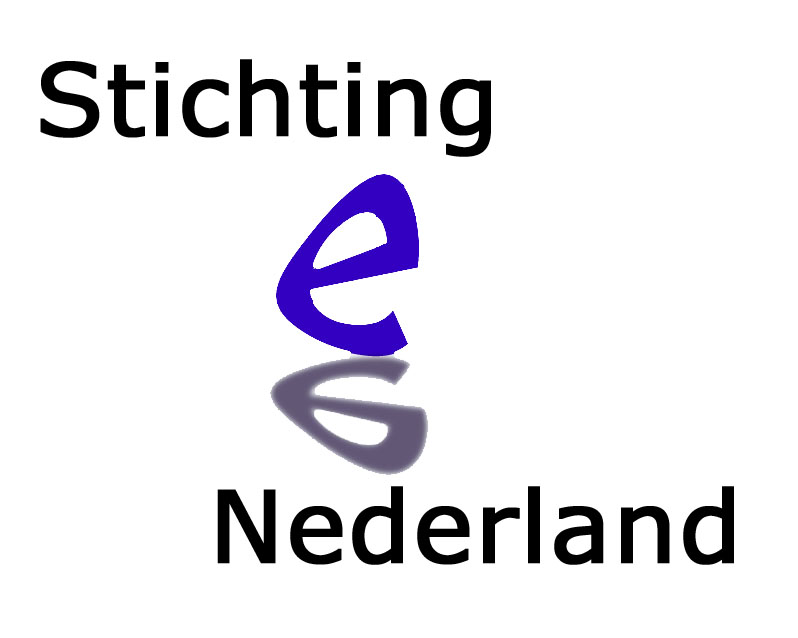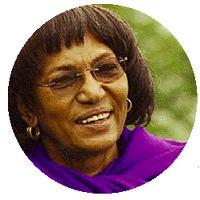 |
||||
Keynote Conversation: "Resolving EE Dilemmas" Creating a Road Map for the FutureSession chair Patrick L. Coleman (USA) challenged the group to address some of the key dilemmas that had been identified during the previous 3 days of discussions: intended versus unintended effects, the role of ethics, the science and art of EE, and the participation of audiences. To help stimulate the discussion, he brought noted EE pioneer Elaine Perkins (Jamaica) to the stage and asked her to share her experience. Perkins has been writing radio serial dramas since 1958, and her successful and widely received work has won worldwide acclaim. According to Perkins, being able to relate to one's audience is the key to writing good scripts. She does not use professional actors in her radio dramas, but instead involves "real people" who are familiar with the problems she addresses. The Medium is the MessageThe choice of medium is key in the success or failure of an EE project. Perkins explained that, in Jamaica, radio is still an important medium. "Jamaica has an oral culture, and the history of the community has always been stored and transmitted through story-telling." People identify with characters in stories, she said, and this influences the acceptance of messages. New TechnologyThe use of new technology in EE has been the subject of much debate. Perkins said that she believes new technologies can help to increase the reach of a message to its audience. She emphasized that this implies coexistence - not replacement - of the old with the new. After all, noted Kimani Njogu (Kenya), new technology simply remediates the old. According to Perkins, all genres have something to offer. GlobalizationGlobalization imposes a dilemma related to the issue of new technology. This concerns participants like Natascha Zwaal (The Netherlands) and Holo Hachonda (Zambia), who identified the problem of combining the needs of audience identification and cultural shareability of EE products. Jim Paredes (Philippines) suggested a "transplantation" of products, modifying them to fit local norms, as opposed to mere "translation."
Njogu spoke of the "transcreation" of products to fit different audiences. "The question is, however, how much can we modify without changing the message?" he asked. FundingDonors play an important role in EE, and dilemmas arise when funding is not guaranteed or arrives in cycles. The creation of a product that attracts and sustains support is key, as demonstrated by the Soul City project. Pedro Suarez Vertiz (Peru) and Vibert Cambridge (USA) pointed out the risk of successful creators being "boxed in" by sponsors who demand that they continue to follow what the latter perceive as winning formulas.
Formative ResearchParticipants also discussed the importance of formative research. "A lot of stuff out there is masquerading as EE," said Garth Japhet (South Africa), "but without proper formative research, there is an increased chance of unintended messages coming through." Coleman stressed that further exploration is needed in formative research, issues of new technology, globalization, streamlining of messages, and setting standards for EE. Telling a Good StoryEsta de Fossard (Australia) spoke of the differences between the message and the story. "In most EE," said de Fossard, "the message keeps hitting you between the eyes until you fall asleep." Perkins' time-tested formula is to focus on telling a good story and to make the message ome alive through the characters. "It is also important to plan," she added. "If I am telling a story about a village, I have to draw an actual map of it so that I am able to make it as real as possible." Combining Education and EntertainmentIt is always difficult to combine the "closed text" nature of educational messages and the "open text" format of entertainment. Conference coordinator Martine Bouman said that she believes this is one of the challenges facing writers of EE. As Perkins said, it is most important for the message to fit into the context of the drama, the latter being key to audience attention. A Road Map for the FutureThe positive experiences of successful EE initiatives also provide us with a road map for the future. One example is the work of the Mexican Institute for Communication Research, which has successfully trained EE scriptwriters. Part of the training includes coursework in psychology, which helps the writers better understand audiences. Sergio Alarcon (Mexico) said that the use of universally recognized documents such as the United Nations Declaration of Human Rights as a basis for messages gives projects increased audience credibility. "Another important lesson," he added, "is never to say 'Don't' in your messages. Instead, weave the lesson gently into your storyline, making use of archetypal characters that the audience can relate to."
|
![]()


